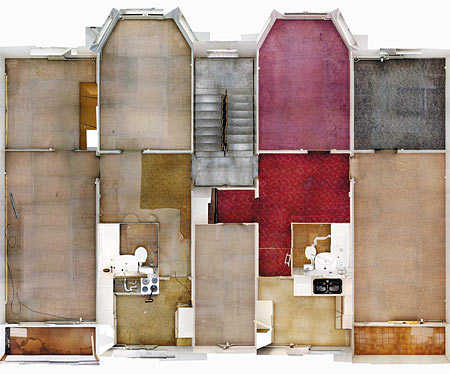Labels
- abandoned places (6)
- abstract (35)
- animals (3)
- atmosphere (1)
- backlight (2)
- big skies (3)
- birds eye view (2)
- black and white (29)
- buildings (17)
- children (2)
- china (1)
- city (3)
- close up (10)
- clothes (1)
- clown (1)
- collage (1)
- collections (3)
- colour (25)
- combining images (34)
- cynotype (1)
- decay (8)
- destroy (2)
- Disassembled (3)
- disguise (3)
- documentary (3)
- double exposure (13)
- dreams (2)
- emotions (5)
- environment (3)
- evidence of human presence (12)
- experimental (8)
- expressions (4)
- fairytale (9)
- fantasy (1)
- fashion (13)
- fast shutter speed (5)
- flower (7)
- food (5)
- geometry (3)
- glowing (3)
- high contrast (5)
- humour (1)
- identity (10)
- image and text (6)
- imagination (8)
- imprint (1)
- industrial (5)
- kitsch (2)
- landscape (22)
- layering (10)
- lighting (4)
- lips (1)
- long exposure (2)
- lost spaces (2)
- macro (1)
- movement (5)
- moving objects (2)
- multiple images (17)
- narrat (1)
- narrative (5)
- natural form (22)
- night (4)
- objects (3)
- panoramic (1)
- pattern (19)
- perspective (2)
- photomontage (10)
- pinhole (1)
- play (1)
- Portrait Pattern (17)
- portraits (54)
- reflection (3)
- rubbish (1)
- scanner (3)
- seascape (2)
- sequence (3)
- shadows (3)
- sports (5)
- still life (13)
- street (4)
- structures (16)
- surreal (28)
- surrealism (6)
- sweets (1)
- symmetry (4)
- texture (9)
- the everyday (7)
- underwater (1)
- urban (3)
- viewpoints (6)
- wakom pad (1)
Monday, 25 April 2011
Andreas Gefeller www.andreasgefeller.com
Labels:
abstract,
birds eye view,
landscape,
perspective,
viewpoints
Subscribe to:
Post Comments (Atom)







The Supervisions series by artist Andreas Gefeller begun in 2002. From a bird’s-eye perspective and with an elaborate photographic technique, Gefeller creates these »possible« and »impossible« view-points, shooting images of different Artist studios and urban areas revealing both views of public sites and their surfaces, as well as offering insights into closed areas.
ReplyDeleteHundreds of individual shots are digitally joined, giving rise to the impression that the overall sight has originated from a much higher perspective. The uncommon formation process is betrayed by the detail-richness resulting from the high-resolution quality of the images of »scanned« surfaces and the optical breaks between single segments originating through perspective shifts. Yet this only becomes apparent to the observer through close inspection
The viewer is further led to associate these sights with spy-satellite imagery. The title Supervisions consequentially refers to the restrictions of one’s own private realm provides the series with additional depth. Gefeller not only presents over-view perspectives, he also contextually points to how modern Man is overseen and supervised.